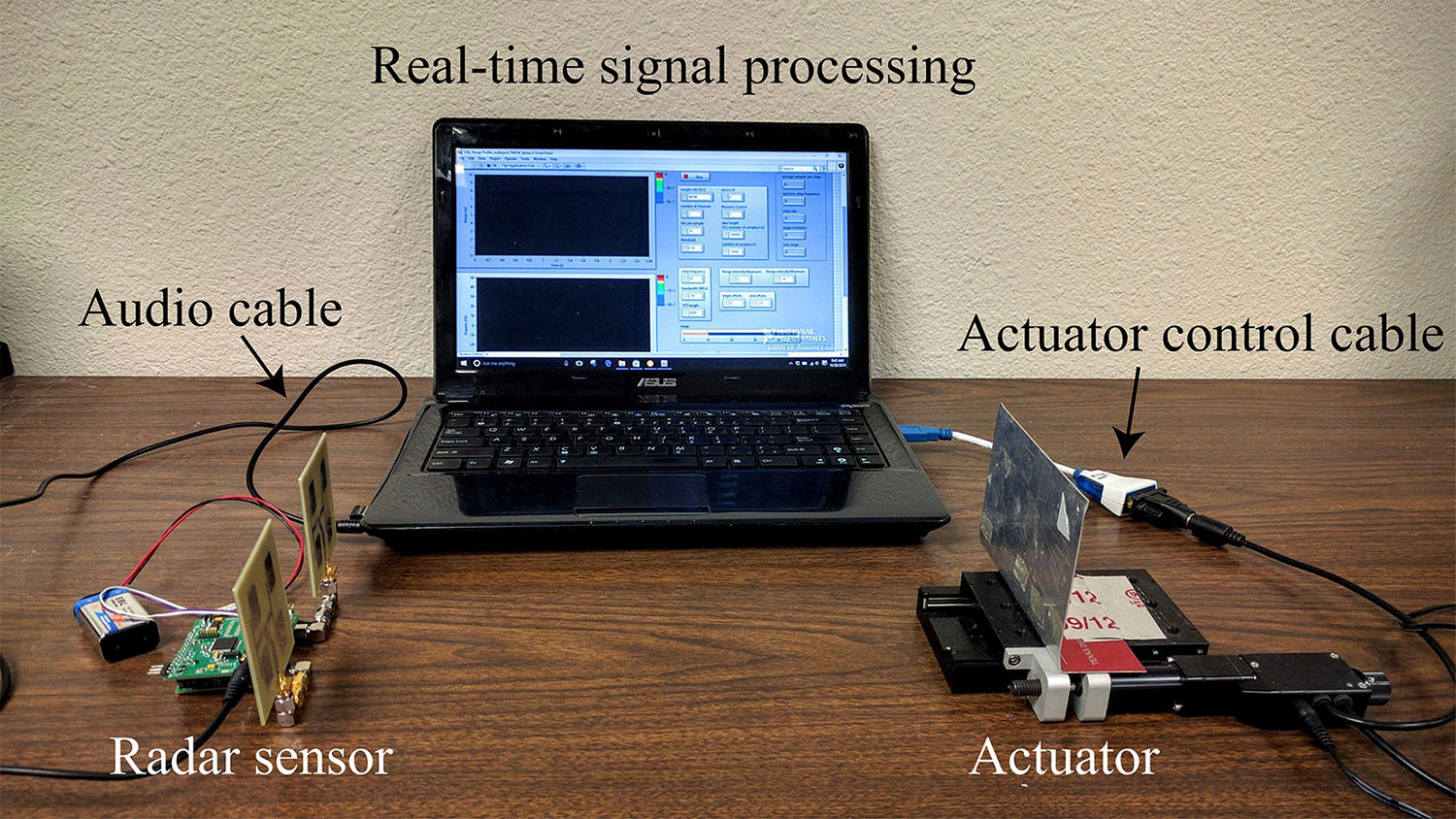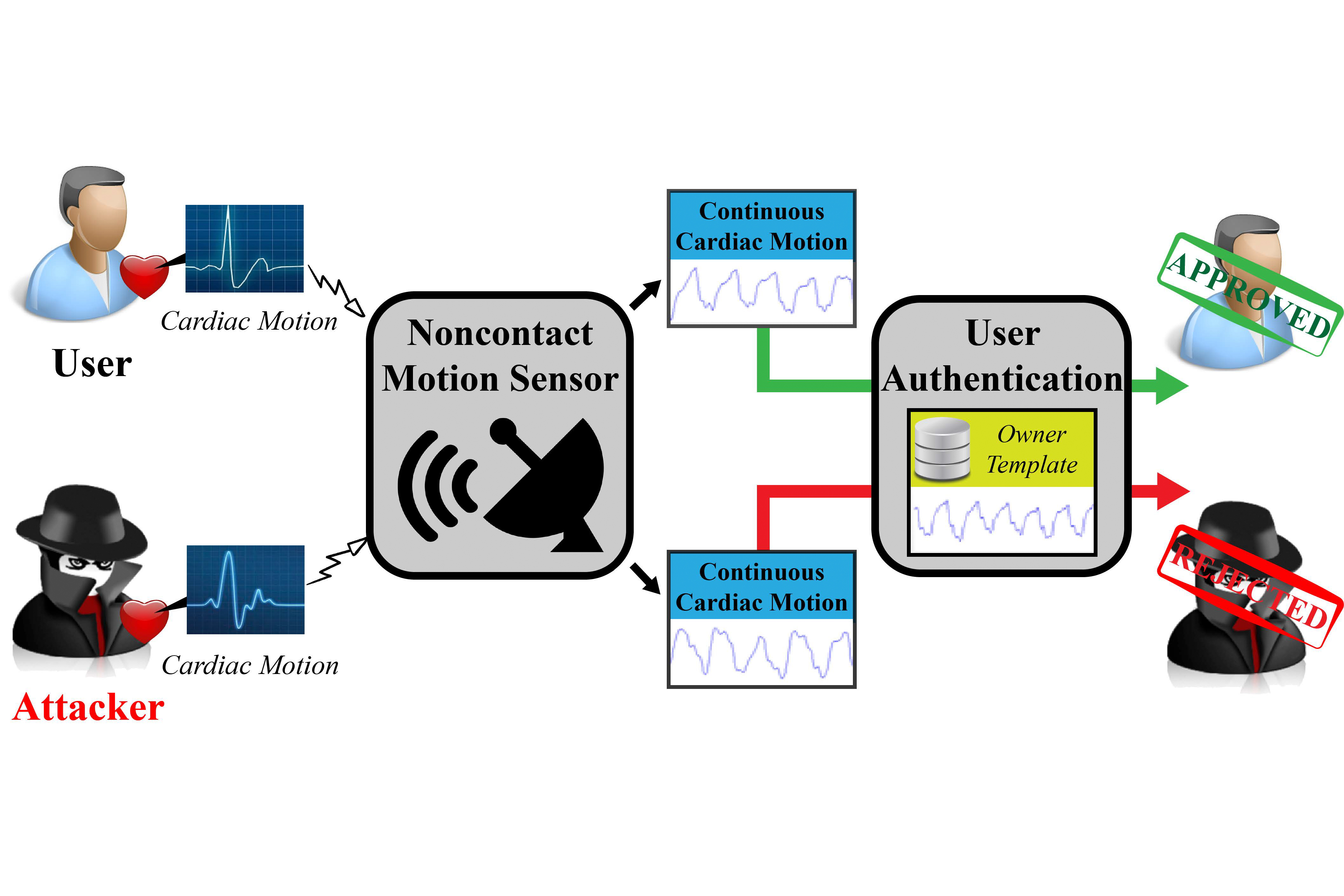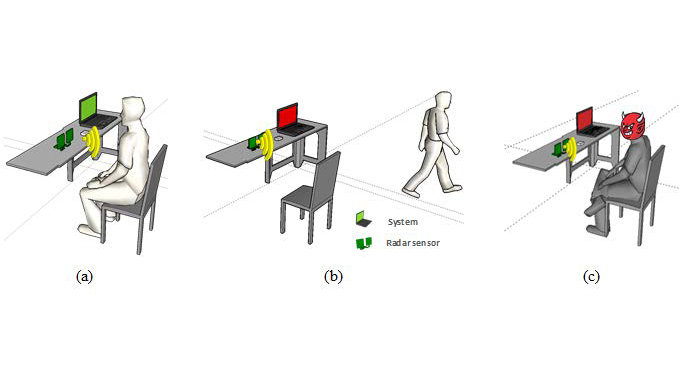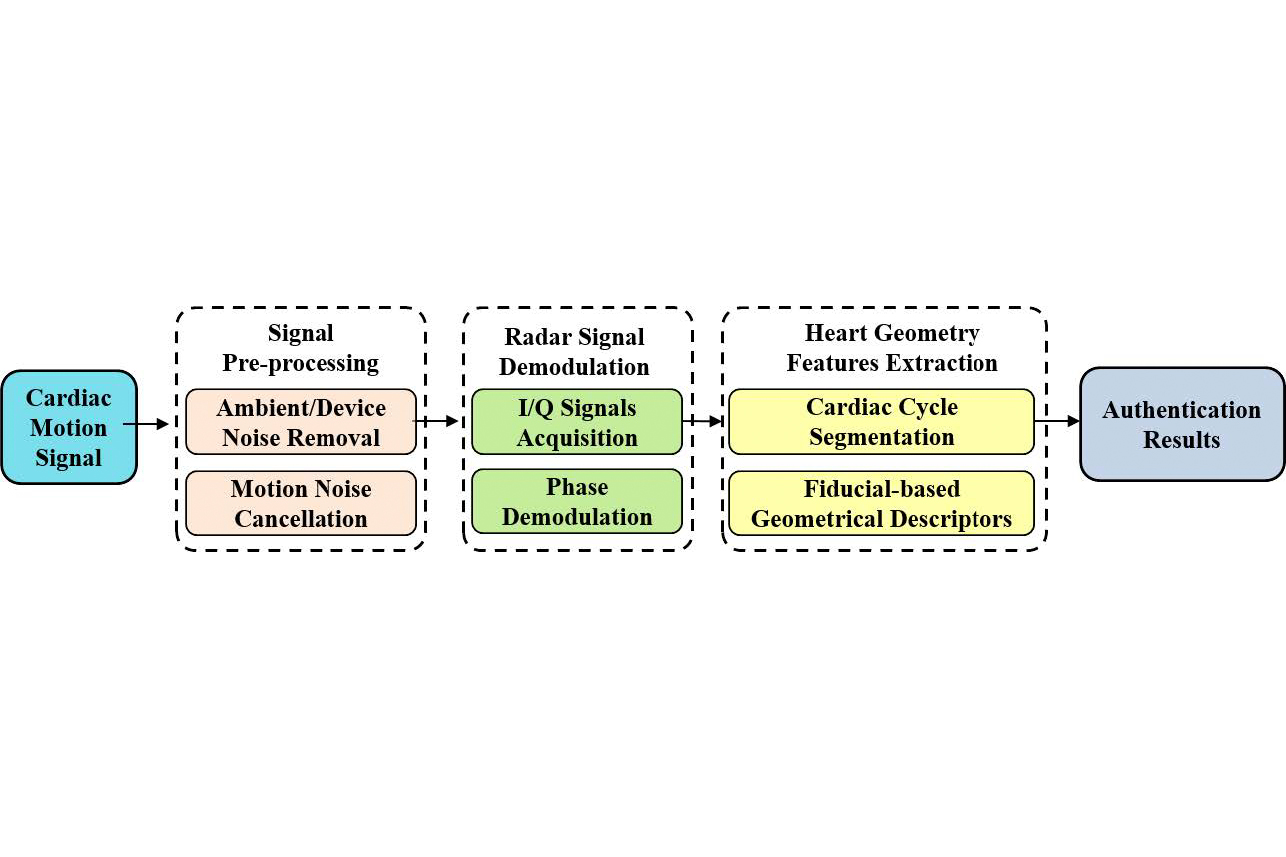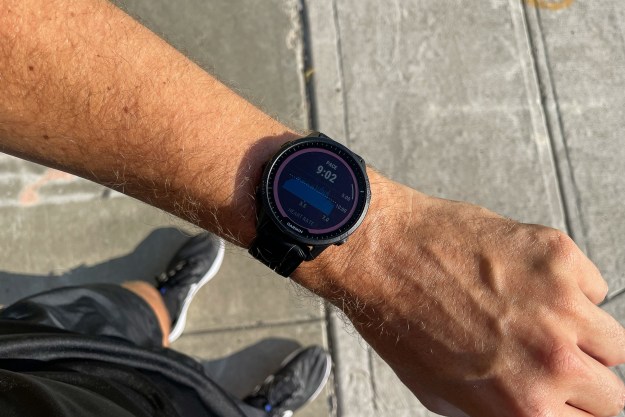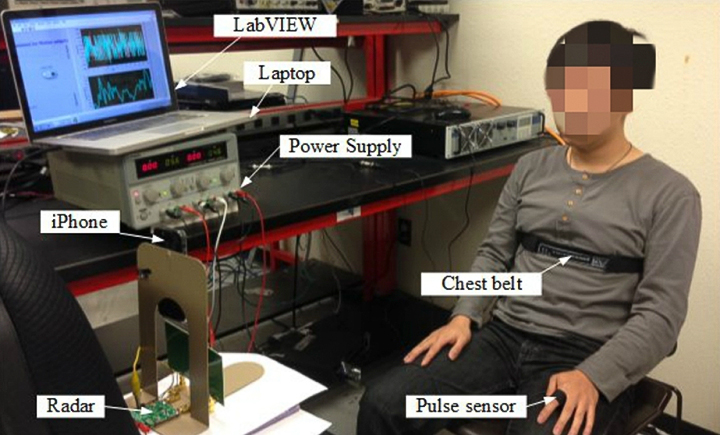
“We developed this non-contact and continuous heart biometric system using the a new Doppler radar sensor,” Wenyao Xu, an assistant professor in the University at Buffalo’s department of computer science and engineering, told Digital Trends. “Working like a Wi-Fi router, our sensor can send a wireless signal and receive the bounced-back signal, coupled with the user’s heart motion and geometrical traits. We use these features to identify users because each individual has unique heart traits.”
Xu said that there are two main advantages to heart signatures, compared with face or fingerprint biometrics. The first of these is security, since face and fingerprint data can be more easily obtained by hackers from a distance, while heart-based biometrics are invisible and harder to illegally gather.
The second benefit is unobtrusiveness, since the the University at Buffalo’s heart sensor can obtain the unique “heartprint” in a non-contact way that doesn’t require the user to physically perform any operations. It is even be possible to carry out continuous authentication, with computers or mobile devices logging out automatically when their established owner disappears, and then logging back in automatically as soon as they return.
In order to work, the system needs just 8 seconds to scan a heart the first time, and thereafter can monitor to continuously recognize that heart. The system is also as safe as any other Wi-Fi device, emitting less than 1 percent of the radiation from a regular smartphone. “We have [so far] evaluated our system with 78 subjects, and the accuracy is more than 98 percent,” Wu said. “We plan to recruit another 500 to 1000 volunteers to further validate the system. We also have a plan to commercialize it.”
A paper describing the work will be presented at next month’s 23rd Annual International Conference on Mobile Computing and Communication (MobiCom) in Utah.
